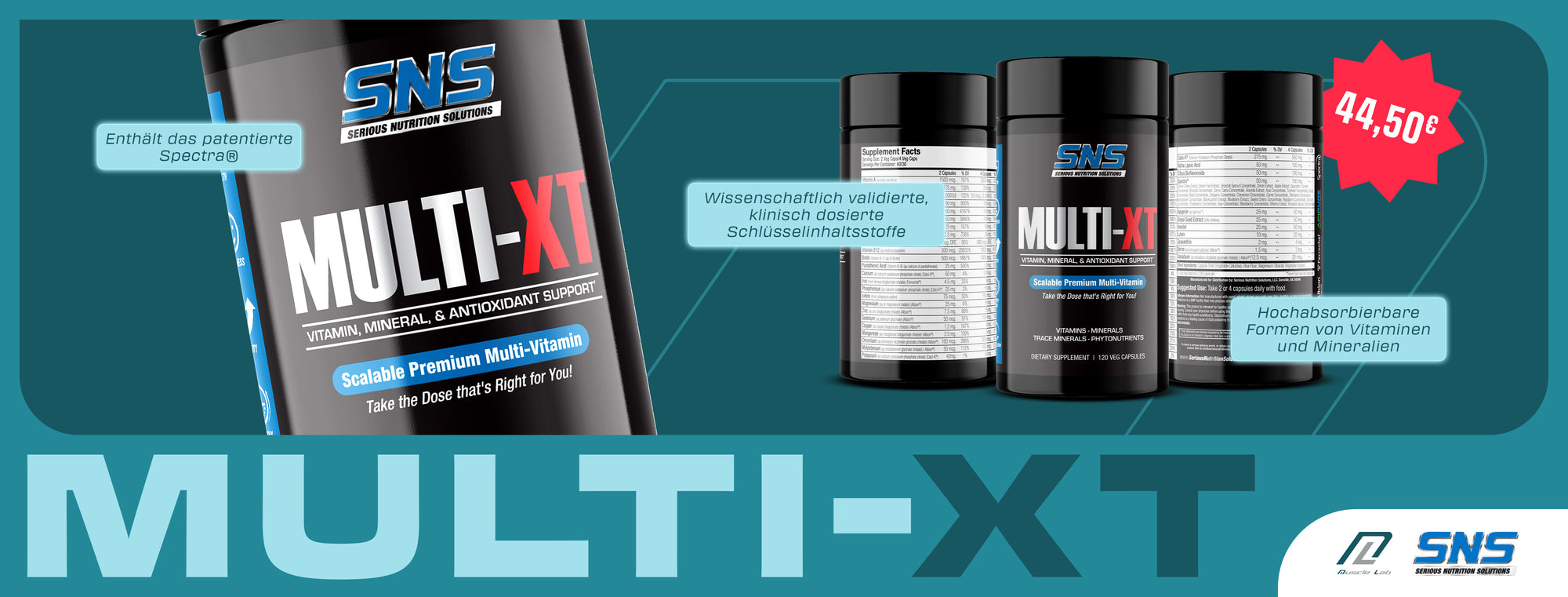Vitamin D3 - the bone vitamin and sun hormone
What is vitamin D3?
Vitamin D is responsible for more than just healthy bones. Vitamin D is a very special vitamin, and we (especially in Germany) consume far too little of it. This isn't necessarily due to diet, however, but rather because vitamin D is produced in the body through exposure to sunlight! Some foods contain vitamin D, but in such low doses that it would never provide an optimal supply.
So, vitamin D synthesis is stimulated by sunlight—but in what quantity? And how long and at what intensity do we need to expose ourselves to sunlight to produce sufficient vitamin D?
In Germany, we have a collective vitamin D deficiency among the population. This has already been proven by numerous studies. In theory, however, it also makes sense: low sunlight exposure due to long office hours and generally less sunny days make it difficult to achieve an optimal vitamin D supply.
What is the best-known form of vitamin D?
Vitamin D3 is also commonly known by its synonym cholecalciferol, which is also often taken as a dietary supplement. Vitamin D is produced through sunlight and only to a self-limiting level, so an overdose is not possible. There are other forms of vitamin D, such as ergocalciferol (vitamin D2).
What is vitamin K2?
Vitamin K2, also known as menaquinone, is absorbed through numerous foods such as cabbage, meat, dairy products, and vegetables. With adequate vitamin D intake, it is advisable to take the complementary vitamin K2 together with vitamin D3. Vitamin K2 helps with blood clotting, the heart, and strengthens bone density, among other things, and the combination of vitamin D3 and K2 is now recommended for many reasons.
Why take vitamin D3 and K2 in combination?
The answer is quite simple. Vitamin D3 stimulates calcium concentration in the blood, while vitamin K2 activates the two proteins osteocalcin and MGP, which are responsible for calcium deposition in the bones. This prevents calcium residues from accumulating in the blood vessels (arterial plaque), but instead, they are effectively stored in the bones. The combination of both vitamins is therefore recommended, especially for the prevention of age-related diseases such as osteoporosis.
What are good guidelines for a healthy vitamin D supply?
According to experts and recent opinions, an optimal blood level is between 40 and 50 ng/ml. Especially in Germany, we have a widespread vitamin D deficiency. To achieve a level of 50 ng/ml, a daily intake of 4,000 iU of vitamin D is required over a certain period of several weeks or even months. This is not a recommendation, as the official recommendation is only 800 iU daily. However, it must be noted that these guidelines are already outdated and will soon need to be adjusted based on the latest findings. If an individual decides to focus on, say, 4,000 iU daily, this should lead to the optimal range.
How can you optimally increase your vitamin D levels naturally?
Vitamin D is only present in very small amounts in our diet. Fatty fish (e.g., mackerel, salmon), egg yolks, and various edible mushrooms may contain vitamin D, but large amounts are needed to even begin to reach the recommended dosage. Vitamin D is best produced through exposure to sunlight, as it is produced in the skin. The easiest way to prevent a vitamin D deficiency is to take vitamin D supplements.










